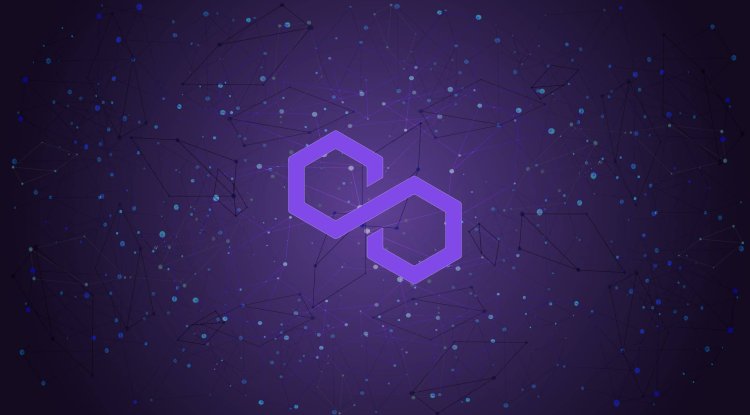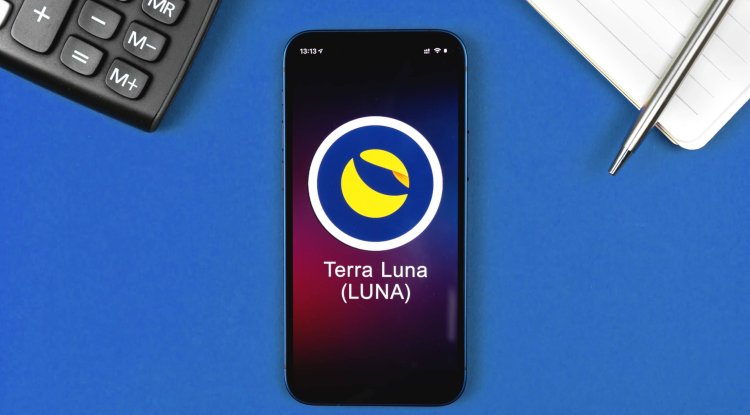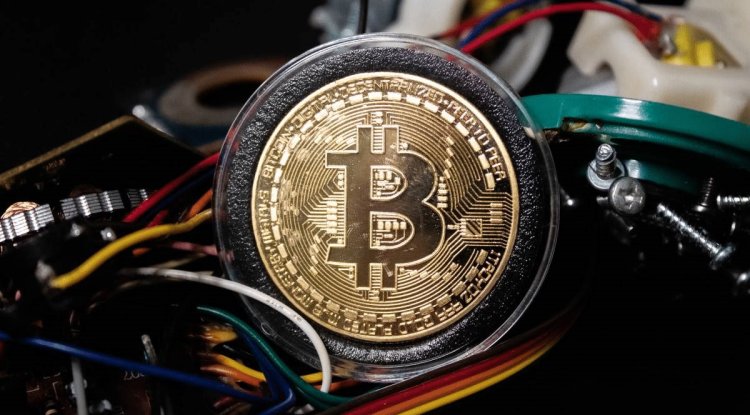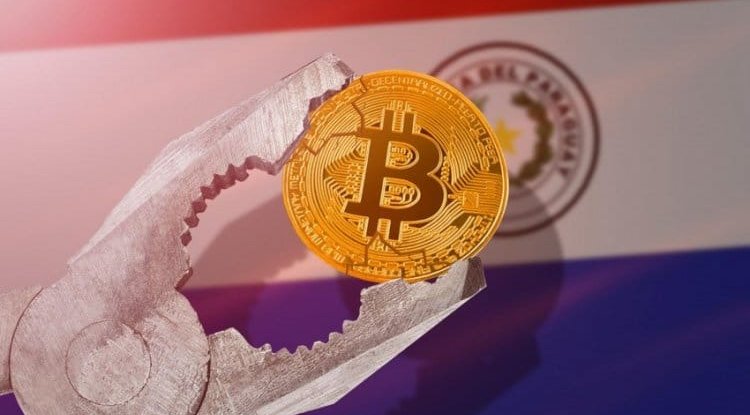What is POLYGON (MATIC)? Project Ethereum 2.0?

Described as “Ethereum’s Internet blockchain”, Polygon is emerging as a practical option for several new outstanding projects as Ethereum 2.0 is still under development. It has become popular because of the high bandwidth and low “gas” costs that customers and developers experience on their platform. Polygon started as MATIC, a deeply efficient scalability solution created for the Ethereum network that previously had a customized version of plasma-based and PoS-based alt chains.
In October 2017, the MATIC Proving Ground was introduced as a test network before turning to the main network later that year.
In the long run, MATIC has continued to make progress with projects such as Maker (MKR), Decentraland (MANA). He also started working with platforms like Binance and Coinbase that provided enough funds to the MATIC group to increase administration. They continued to build Plasma (a system they partially implemented after rebranding in February 2021). AAVE was then introduced on the Polygon platform to increase the importance of the Polygon network in April 2021.
In this article, we will discuss the polygon infrastructure and the MATIC network. We will consider the solutions of layer 2 in the polygon system and their operation. In addition, we will discuss the MATIC token and its importance in the Polygon ecosystem. What is the MATIC polygon?
The polygon, formerly known as the MATIC network, is a cross-chain scalability solution that provides the infrastructure to create blockchain networks that can be interconnected. It intends to bring flexibility and scalability to alt chains along with Ethereum’s security, liquidity and interoperability. The polygon is still looking forward to receiving two new upgrades later in its platform. One will distribute a bunch of out-of-market exchanges and merge them into one purchase, while the other will be at the top of the Ethereum network to speed up transactions.
Ethereum (ETH) is still the most efficient global blockchain. This decentralized open-source blockchain quickly gained ubiquity after it began operations in 2013. It offers POS (Proof-of-Stake).
However, the rapid adoption of Ethereum results in excessive costs, with exchange fees often costing more than the amount transferred. This is because Ethereum has many customers who use the network, which significantly reduces the scalability of the exchange.
In such cases, the MATIC polygon is used to solve the problem. The Polygon system contains numerous members. Polygon clients use the MATIC Sidechain to execute and collaborate with various decentralized Ethereum-based applications. It should be noted that MATIC is much cheaper and faster than other networks.
Developers rely on assembling their side chains or augmenting their applications using the Polygon SDK heap and network to provide their clients with a great experience.
Stakeholders on the Proving Ground are successfully functioning just like PoV miners on Ethereum. “In order to approve and confirm exchanges on the MATIC Sidechain, stakeholders must lock up MATIC tokens.” Also, they can choose suitable block creators using their locked tokens as their voting power to regulate the process of creating a block on the side chain. Block creators then create blocks and settle all online exchanges. To be selected as block creators, stakeholders must lock in a critical amount of MATIC tokens.
Typically, the amount of block creators are kept on a moderately low basis because several block contract manufacturers provide higher throughput and much faster exchanges. For example, on average, the Ethereum major chain takes about 20 seconds to create a new block, while Matic Sidechain produces and finishes new blocks within one second. How does a polygon (MATIC) work?
Polygon’s MATIC side chain works like all other blocks based on proof of participation. Its structure, token, client nodes, local dapps, check nodes ... They are like other networks, except because exchanges are grouped and hosted via the Ethereum main chain.
Polygon has a second layer to build an etherium network.
Second layer scaling solutions allude to off-chain solutions. This includes reducing or removing components with an assessment value from the main block before performing them elsewhere, for example, on side chains. This builds flow on the main chain and expands the ability to rate across the entire network. The solutions of the second layer are gaining more and more fame because they play an important role in the mass reception of cryptographic money.
You can think of the MATIC side chain as a valuable part of the vast universe of Ethereum, which offers clients a predominant project implementation and a good work experience. Any decentralized application based on Ethereum or some other blockchain that supports Ethereum can be turned into a Matic Sidechain to work in a much-improved climate. Clients wishing to connect to decentralized applications that have switched to the MATIC Sidechain must:
Check the default Predicate Agreement that is transmitted on the Ethereum network by attaching send tokens to the MATIC Sidechain.
Once the predicate contract is verified, the tokens will be automatically stored on the MATIC side chain. In this cycle, a specific smart contract called “RootChainManager” activates another smart contract known as “ChildChainManager” that creates the appropriate amount of screws or stored tokens on the MATIC network.
“Once customers accept their tokens on the MATIC Sidechain, they can move them quickly within the network at a lower cost.” This implies that giving or exchanging liquidity using decentralized trading at MATIC will cost clients a few pence instead of a few dollars. Steps to draw tokens back to Ethereum:
Tokens must be burned on the Matic side chain.
Verification of this burned exchange must be provided to the Ethereum main chain.
When this cycle is complete, the RootChainManager smart contract will store backup resources for the client’s location (wallet) on the main Ethereum chain. What is Polygon Token (MATIC)?
The polygon token known as MATIC is the basic resource of the Polygon system. Its purpose is to exchange payments and keep tokens to protect the landfill network. Since the rebranding, the Polygon MATIC token has experienced an incredible jump in costs after a huge expansion of use.
The MATIC token has a covered stock of 10 billion tokens, with a current circular supply of around 5 billion. The MATIC token is available at most well-known decentralized and centralized stores, including some of the well-known names such as Binance, 1inch Exchange, and Coinbase Pro.
The crypto world is coming together to simplify the purchase of Polygon (MATIC) tokens making them available for both Fiat and crypto. CoinGecko reported that at the time of compilation, the Polygon MATIC market had an absolute market capitalization worth $1.8 billion. Currently, the value of the MATIC token polygon is approximately $1.40.





































